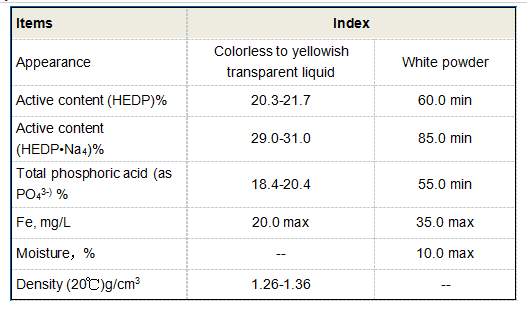pam polyacrylamide
Exploring PAM Polyacrylamide Properties, Applications, and Benefits
Polyacrylamide (PAM) is a synthetic polymer that has garnered significant attention in various fields due to its unique properties and versatility. Composed of acrylamide subunits, PAM is a white, odorless powder that can be dissolved in water to form a viscous solution. Its ability to absorb water is remarkable, leading to its application in a broad range of industries.
Exploring PAM Polyacrylamide Properties, Applications, and Benefits
In the field of wastewater treatment, PAM plays a pivotal role as a flocculant. It helps in the aggregation of suspended particles, making it easier to remove impurities from water. The addition of PAM to wastewater results in the formation of larger flocs that can be easily separated through sedimentation or filtration. This process significantly improves the quality of treated water, making it suitable for various applications, including industrial reuse and environmental discharge.
pam polyacrylamide

Moreover, PAM’s versatility extends to the oil and gas industry, where it is employed in hydraulic fracturing. The polymer is used to enhance the viscosity of fracturing fluids, which improves the efficiency of oil extraction from underground reservoirs. This has profound implications for energy production, helping to meet the growing global demand for energy while ensuring that extraction processes are more efficient and environmentally friendly.
The paper and mineral processing industries also benefit from PAM’s unique properties. In papermaking, PAM acts as a retention agent, helping to retain fine particles and fillers during the production process. This not only enhances the quality of paper products but also reduces raw material costs. Similarly, in mineral processing, PAM is utilized for the flocculation of fine minerals, aiding in the concentration and purification of valuable resources.
Despite its many advantages, the use of PAM is not without concerns. Acrylamide, a component of PAM, is classified as a potential neurotoxin and carcinogen. As a result, the handling and application of PAM require adherence to safety guidelines to minimize exposure risks. Researchers are continually studying PAM's environmental impact to ensure its safe use and to develop alternative materials that can offer similar benefits without the associated risks.
In conclusion, polyacrylamide is a multifaceted compound with a wide array of applications across various industries, including agriculture, wastewater treatment, and energy production. Its ability to improve water retention, enhance flocculation, and aid in extraction processes highlights its importance in modern practices aimed at sustainability and efficiency. However, ongoing research and stringent safety measures are paramount to address its potential health risks, ensuring that PAM can continue to be a valuable resource in diverse applications while prioritizing human and environmental health.
-
Water Treatment with Flocculant Water TreatmentNewsJun.12,2025
-
Polymaleic AnhydrideNewsJun.12,2025
-
Polyaspartic AcidNewsJun.12,2025
-
Enhance Industrial Processes with IsothiazolinonesNewsJun.12,2025
-
Enhance Industrial Processes with PBTCA SolutionsNewsJun.12,2025
-
Dodecyldimethylbenzylammonium Chloride SolutionsNewsJun.12,2025





